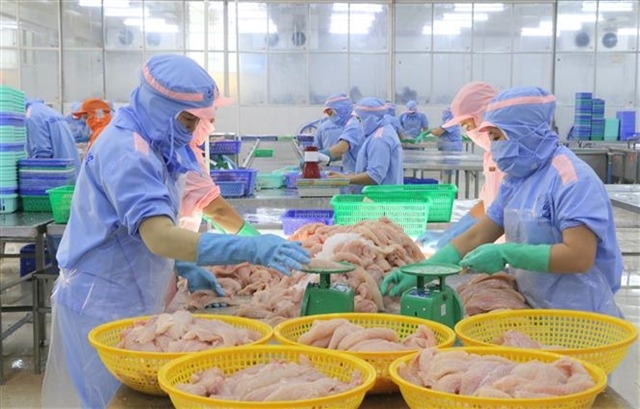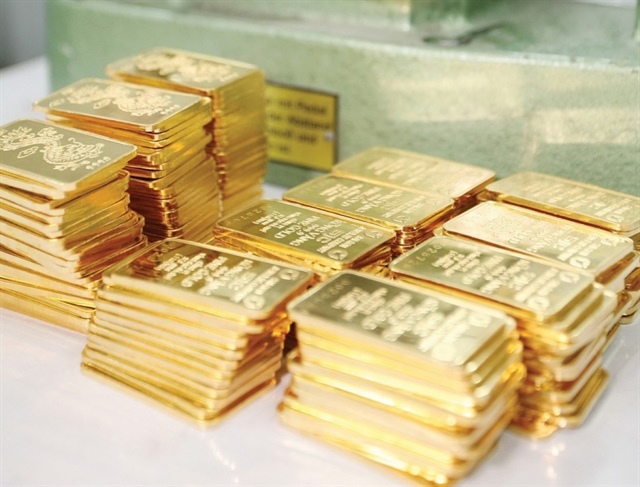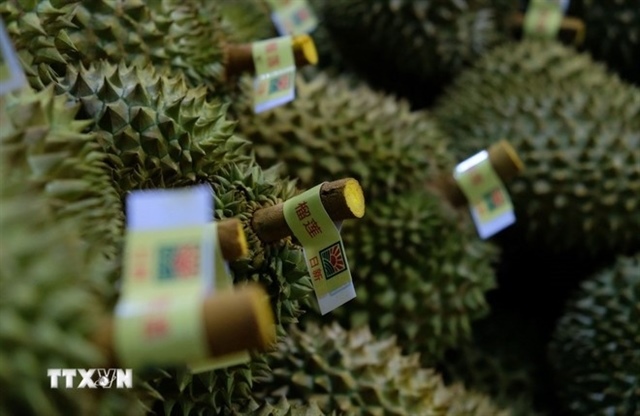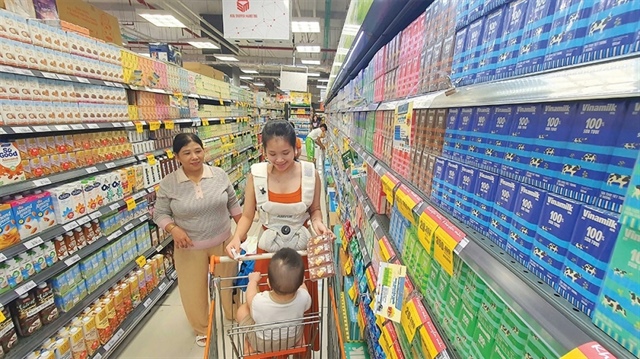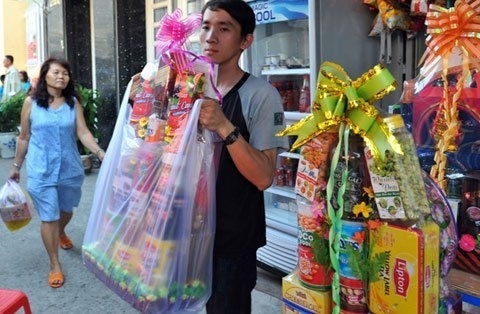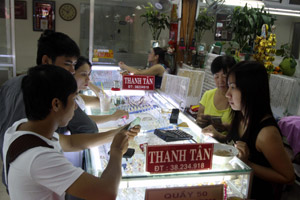Rice export in 2013: three scenarios, one goal
Rice export in 2013: three scenarios, one goal
No matter what way Vietnam follows to develop rice production and export, the way must ensure two things – the benefits for farmers and the stability of the rice trade.
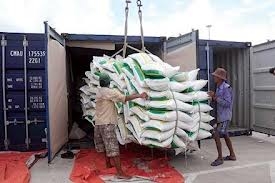
What will be the world market like in 2013?
The Vietnam Food Association (VFA) has warned about a difficult year for rice export in 2013.
In fact, 2012 was also an unsatisfactory year for Vietnamese rice exporters. Vietnam exported 7.72 million tons of rice, worth US$3.5 billion, representing an increase of 8.2 percent in quantity, but a decrease of two percent in value.
Where do Vietnam’s rice products stand in the world market? According to the Food and Agriculture Organization (FAO), Vietnam’s 5 percent broken rice was traded at $412 per ton in December 2012. The price was higher than that of India and Pakistan. However, Vietnam’s rice was cheaper than Thailand’s which was traded at $583 per ton.
Especially, Indica rice from Hubei province in China was traded at 3,900 yuan in September 2012, or $625 per ton.
Meanwhile, Vietnamese experts believe that there would be no big changes with Vietnam’s farm produce in 2013, which means that the more rice Vietnam produces, the biggest loss it will incur.
The three scenarios
In such circumstances, there are three choices for Vietnam.
First, Vietnam would follow the way being followed by India, which sells low quality rice at low price and tries to sell as much rice as possible.
If it chooses that way, it is the farmers growing rice who would suffer. The government has stated that it would apply necessary measures to ensure the 30 percent profit at minimum for rice farmers. However, farming still cannot support their lives, even though the rice they put out has been exported in big quantities, and at very low prices.
More importantly, experts said, with low quality and low price rice, Vietnam would not be able to build up a strong brand for Vietnamese rice.
The second choice for Vietnam is to follow Thailand, which is selling high quality rice at high price.
However, this would also be thorny path to follow, because Vietnam is not a strong rice brand at all, while Vietnam still has to compete with cheap rice from India and Pakistan.
Especially, in the current conditions, consumers tend to choose low cost products to be full up, instead of high quality products. Thailand has lost Hong Kong and Chinese markets to Vietnamese and Indian enterprises, which should be seen a big lesson for Vietnam.
The third scenario will occur if Vietnam can conduct all the phases of the rice production process, from production to export, in a harmonization. It would also need to join forces in seeking partners and negotiating export contracts so as to optimize their export profits.
Prof. Vo Tong Xuan, who is considered the leading rice expert in Vietnam, when talking about the low-price Vietnam’s rice, emphad that there is one principle to follow: the export prices must bring benefits to the nation and to farmers, who account for 70 percent of Vietnamese population.
In order to ensure benefits for farmers, Vietnam should strive to sell high quality rice to make profit – like the purpose of Thailand. However, it needs to follow a special way which allows implementing its strategy effectively.
Xuan believes that after Thailand announced the rice price increase of 50 percent, Vietnam should also increase its export prices.
vietnamnet


